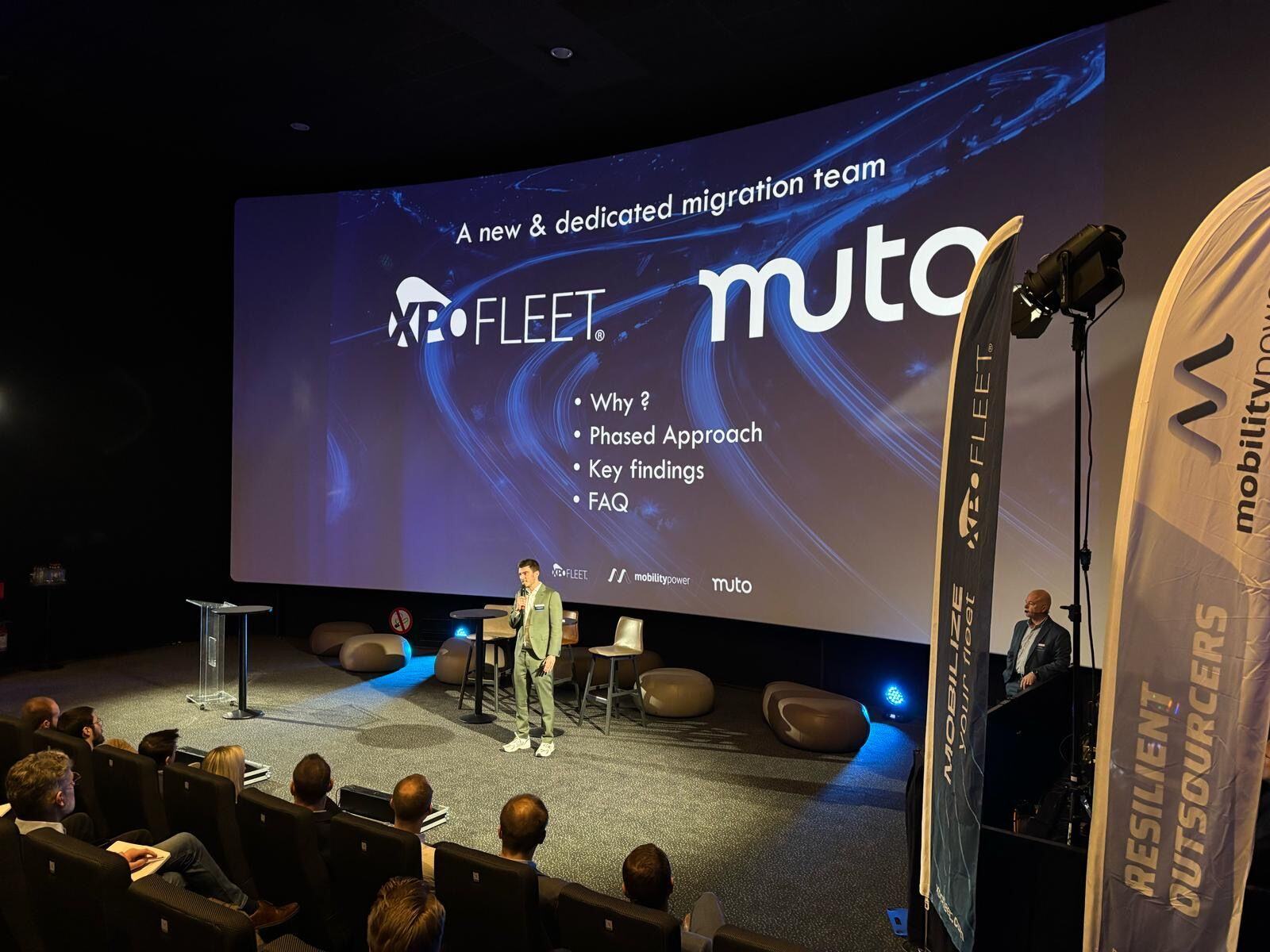Key hacks for connecting fleet and mobility budgets
Todays workplace isn't just changing where and how people work, but also how they commute. Today's employees expect varied mobility choices. For us...
3 min read
Dagmara Stozek : 29-04-2025
Employee mobility is evolving, and it's evolving fast. The sole focus on cars, leases, or mileage reimbursements have changed. How people move for work has changed, and your mobility strategy needs to change with it.
For many SMEs, traditional fleet management has long been the default approach. But employees today expect more flexible, unique, and sustainable transport options. Fixed company car policies are no longer fit.
To attract and retain talent, while keeping costs under control, it's time to rethink your corporate mobility strategy.
Fleet management once meant efficiency. In other words, managing company vehicles, keeping fuel and maintenance costs low, and ensuring staff had access to cars. But here’s the catch—this type of fleet management belongs to a different time.
Today, many employees work remotely or in hybrid setups. They have an increased focus on sustainability, and often rely on multiple modes of transport to get around. Sometimes, they even balance commutes with personal and family responsibilities.
In this new context, managing vehicles alone will not solve your company’s mobility challenges. Employee mobility solutions need to be as flexible as your workforce.
The reality is this: employees expect more from their benefits than ever before. That includes flexible work arrangements, like how they get to work, move between offices, or attend client meetings off-site. A flexible mobility strategy meets these expectations by offering real choice. Instead of rigid car allowances or outdated mileage schemes, employees gain access to different solutions. These may include mobility budgets, bike leasing, shared cars, or subsidised public transport.The goal is to give people the freedom to choose what works best for them. This choice depends on where they live, how often they travel, or if they are balancing school drop-offs and a hybrid work setup.
This flexibility isn't just beneficial for employees, it’s good for business, too. By providing people with the right mobility solutions, companies can lower costs from unused vehicles. They can also reduce administrative work and help achieve carbon emission goals. What's more, you can save money by focusing on real transport needs by avoiding the default, costly company cars.
Just as importantly, flexible mobility helps with talent retention and attraction. When mobility benefits feel personal, adaptable, and truly useful, employees are more likely to engage with them. Mobility needs are not static. They shift as people move homes, change roles, start families or switch to a different work arrangement, like remote work. A fixed mobility package suddenly becomes irrelevant, but a flexible one allow employees to adjust as their lives evolve. For example, someone who needs a car today might prefer a bike lease or public transport subscription in a month's or year's time. Giving people the freedom to change makes your benefits more meaningful. It shows you're supporting them not just today, but into the future.
In a competitive hiring landscape, offering mobility that fits people’s real lives can be key to stand out. By aligning your mobility strategy with employee expectations, you signal that your company is modern and forward-thinking. You show that you want to invest in the wellbeing of the team. In short, modern fleet management like this benefit everyone. They support different employee needs and drive operational efficiency. Offering flexible mobility also help position your company as a place where people want to work and stay.
Making the shift from traditional fleet to flexible mobility isn't necessarily complicated. With the right structure, even small and mid-sized companies can make a smooth shift toward employee-focused mobility.
Start by clearly defining who is responsible for mobility in your organisation. Maybe it's the HR department, finance or a combination of roles. From there, focus on offering a range of transport options that suit different commuting patterns and lifestyles. Think about mobility budgets, bike leasing or public transport incentives.
Next, it's time to set clear, yet adaptable mobility policies. These should define eligibility, promote sustainable choices, and leave room to evolve as employee needs change. Digitising your mobility management will also help reduce administrative work, centralise data, and provide a smoother experience for both employees and internal teams.
Finally, don’t try to do everything at once, but start small and pilot new benefits with one team or location. This is an excellent opportunity for you to gather feedback, improve and scale gradually. Following a step-by-step approach like this makes the transition more manageable. Meanwhile, it ensures your mobility strategy grows in line with your company’s real needs.
You may think flexible mobility is only useful in the large corporate landscape. However, small and medium-sized enterprises (SMEs) can benefit even more from updating their mobility strategy.
Think about it: Smaller teams can roll out and adopt changes more quickly. Fewer bureaucratic layers mean it’s easier to experiment, innovate, and improve what works. Tighter budgets also encourage companies to spend wisely on transport and reduce waste.
In short, offering flexible employee mobility isn’t a trend or a future ambition for SMEs. Flexible mobility is a strategic advantage you can act on now.
Gone are the days when managing company vehicles was enough.
Today’s companies need a mobility strategy that puts people at the centre. It should be one that reflects how teams work and adapts to evolving lifestyles.
A flexible, employee-centric approach to mobility can significantly boost satisfaction, reduce unnecessary fleet costs, and support broader sustainability goals.
What's more, this approach also helps you stay compliant with changing regulations and gives your company a competitive edge to attracting and retaining talent. By embracing a more modern, multimodal strategy, you position your business to move with the future, rather than fall behind it.
Are you ready to take the next step towards the future of workplace mobility?

Todays workplace isn't just changing where and how people work, but also how they commute. Today's employees expect varied mobility choices. For us...

XPOFleet Mobility Day 2025 brought together industry leaders to tackle one pressing question: How will fleet and mobility evolve in the face of rapid...

If you're looking to optimise vehicle fleet management and reduce operational costs, this article is for you. Get practical insights on how to boost...